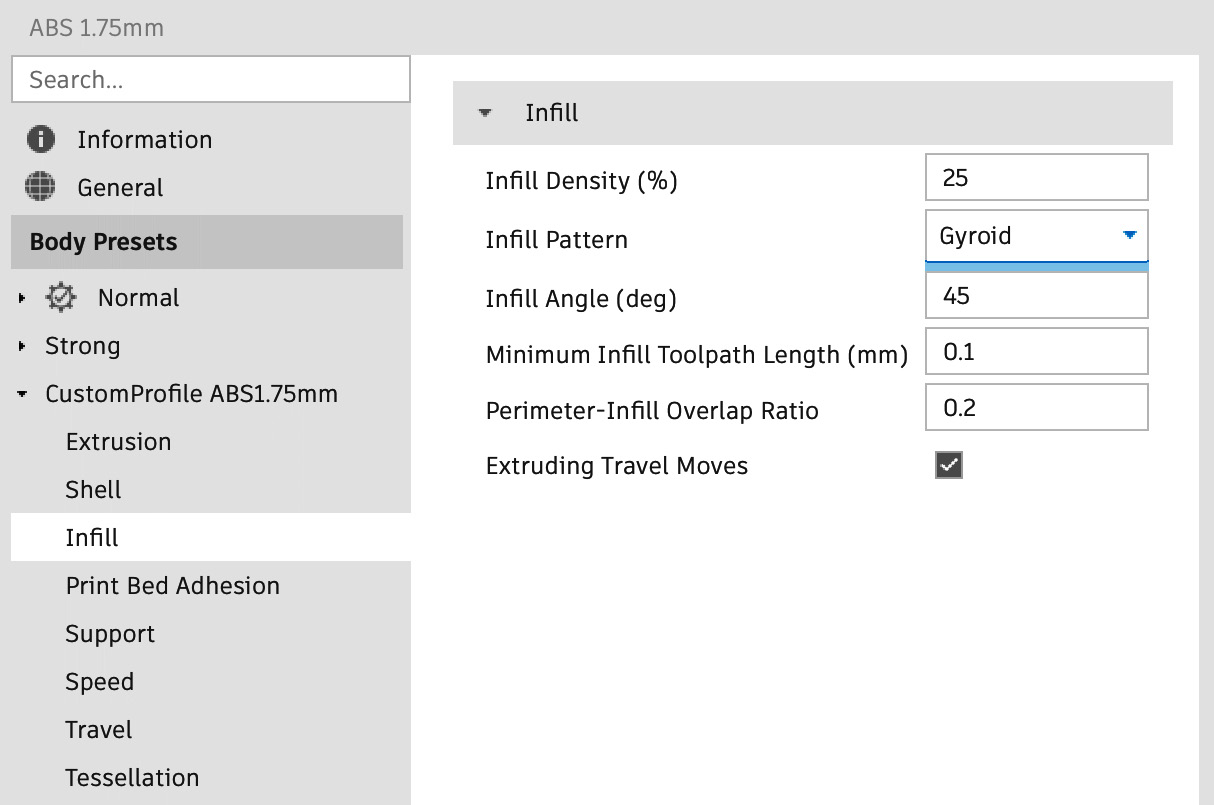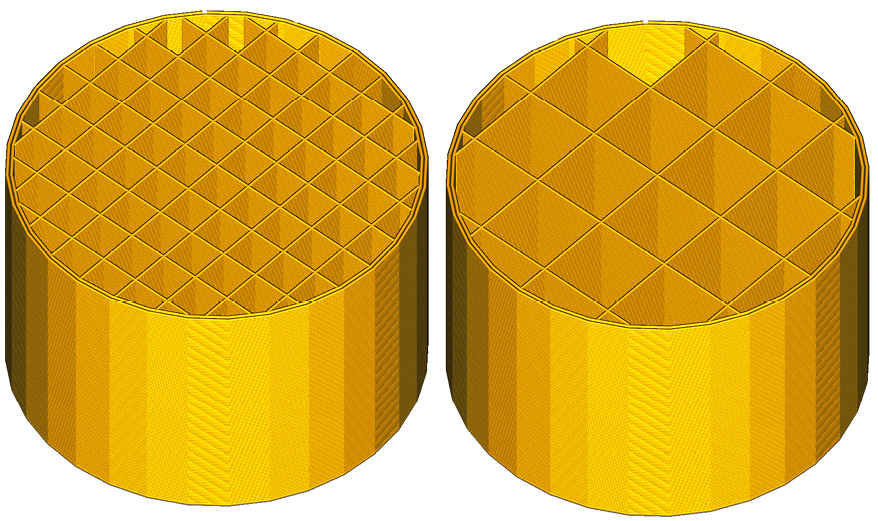-
Book Overview & Buying

-
Table Of Contents
-
Feedback & Rating

Making Your CAM Journey Easier with Fusion 360
By :

Making Your CAM Journey Easier with Fusion 360
By:
Overview of this book
Downloading a piece of 3D software and shaping concepts and ideas is quite easy. However, designing feasible and cost-effective real parts from 3D models can be challenging with traditional production technologies, or even additive manufacturing. This book will give you the know-how and skills to develop your projects from ideas to physical products, and overcome these obstacles.
In ‘Making Your CAM Journey Easier with Fusion 360’, you'll discover how to set up a CAM program, pick the right tool, and optimize production. You'll learn the pros and cons of different production technologies, including turning, milling, laser cutting, and 3D printing, and understand how to choose the best option based on your needs. You’ll also explore the important computer-aided manufacturing tools that Fusion 360 offers through the use of examples and best practices.
By the end of this book, you’ll understand the potential issues and drawbacks of different design components and apply workarounds to avoid design flaws.
Table of Contents (26 chapters)
Preface
Part 1 – Implementing Turning Operations in Fusion 360
 Free Chapter
Free Chapter
Chapter 1: Getting Started with Turning and Its Tools
Chapter 2: Handling Part Setup for Turning
Chapter 3: Discovering the Tool Library and Custom Tools
Chapter 4: Implementing Our First Turning Operation
Chapter 5: Discovering More Turning Strategies
Part 2 – Milling with Fusion 360
Chapter 6: Getting Started with Milling and Its Tools
Chapter 7: Optimizing the Shape of Milled Parts to Avoid Design Flaws
Chapter 8: Part Handling and Part Setup for Milling
Chapter 9: Implementing Our First Milling Operations
Chapter 10: Machining the Second Placement
Part 3 – Laser Cutting Using Fusion 360
Chapter 11: Getting Started with Laser Cutting
Chapter 12: Nesting Parts for Laser Cutting
Chapter 13: Creating Our First Laser Cutting Operation
Part 4 – Using Fusion 360 for Additive Manufacturing
Chapter 14: Getting Started with Additive Manufacturing
Chapter 15: Managing the Limitations of FDM Printers
Chapter 16: Printing Our First Part
Chapter 17: Understanding Advanced Printing Settings
Part 5 – Testing Our Knowledge
Chapter 18: Quiz
Index
Customer Reviews


